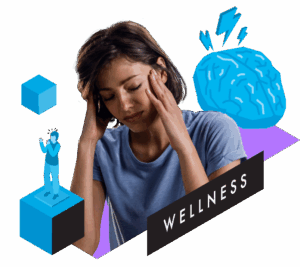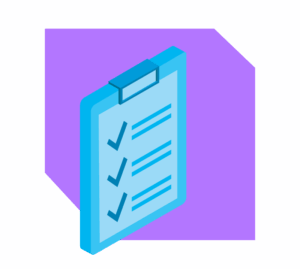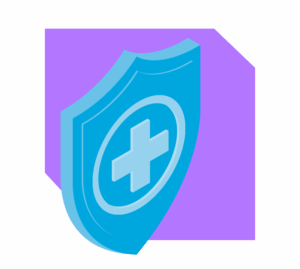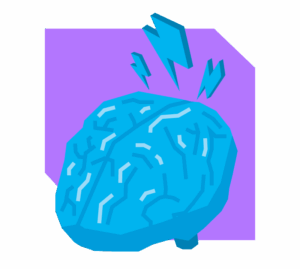June: National Migraine & Headache Awareness Month Understanding and Managing Migraine and Headache Disorders for a Better Quality of Life

Every June, we observe National Migraine & Headache Awareness Month (MHAM) to shed light on the millions of people living with these often invisible and misunderstood conditions. Migraines and other headache disorders are more than “just a headache”—they can significantly impact daily life, productivity, and emotional well-being. This month is an opportunity to raise awareness, share resources, and promote better care and support.

What Are Migraine and Headache Disorders?
- Migraine is a neurological condition that typically causes intense, throbbing pain on one side of the head. It may also include nausea, vomiting, and sensitivity to light, sound, or smell. Migraines can last from a few hours to several days and often come with warning signs (aura) such as visual disturbances or tingling in the limbs.
- Tension headaches are the most common type of headache, characterized by a dull, constant pain on both sides of the head, often described as a tight band around the forehead or at the base of the neck.
- Cluster headaches are less common but extremely painful. They occur in cyclical patterns or “clusters,” usually on one side of the head, and may include eye redness, tearing, or nasal congestion.

Recognizing the Symptoms
Understanding your symptoms is key to receiving the right diagnosis and treatment:
Migraine Symptoms:
- Throbbing or pulsing pain, often on one side of the head
- Nausea or vomiting
- Sensitivity to light, sound, or smells
- Visual disturbances (aura)
- Fatigue or brain fog after the episode (postdrome phase)
Tension Headache Symptoms:
- Steady, dull pain on both sides of the head
- Pressure or tightness around the forehead or scalp
- Mild to moderate pain (usually not disabling)
Cluster Headache Symptoms:
- Intense pain around or behind one eye
- Red or teary eye
- Runny or congested nose on the affected side
- Restlessness or agitation during attacks

What Can Trigger Headaches and Migraines?
Headaches and migraines can be triggered by various factors. Common triggers include:
- Stress or emotional tension
- Changes in sleep patterns or lack of sleep
- Dehydration or skipping meals
- Bright or flickering lights
- Strong smells or loud noises
- Hormonal fluctuations (e.g., menstruation)
- Weather changes
- Certain foods (chocolate, aged cheese, alcohol, caffeine)

Managing Headaches and Migraines
While there is no universal cure, there are several effective strategies for managing migraines and headaches:
- Keep a Headache Diary – Track when headaches occur, their severity, duration, and potential triggers. This can help identify patterns and guide treatment decisions.
- Medication Management – Over-the-counter pain relievers may be enough for mild headaches. For migraines, prescription medications like triptans or preventive drugs may be recommended by a healthcare provider.
- Lifestyle Adjustments –
- Stay hydrated and eat regular meals
- Maintain a consistent sleep schedule
- Manage stress through meditation, breathing exercises, or gentle movement like yoga
- Limit screen time and take regular breaks
- Create a Migraine-Friendly Environment – Reduce exposure to bright lights, strong odors, and loud sounds when you feel symptoms coming on.
- Seek Medical Advice – If headaches are frequent, severe, or affecting your quality of life, consult a healthcare provider for a proper diagnosis and tailored treatment plan.

Raising Awareness This June
Migraine and headache disorders are among the top reasons for disability worldwide, yet they are often underdiagnosed and undertreated. You can help raise awareness by:
- Educating yourself and others about the realities of living with migraines and chronic headaches
- Supporting coworkers, friends, or family members who experience these conditions
- Sharing helpful resources or participating in awareness campaigns
- Advocating for access to proper treatment and healthcare support
National Migraine & Headache Awareness Month is a powerful reminder that these conditions deserve attention, compassion, and informed care. With better understanding and management strategies, people living with migraines and headaches can regain control of their health and their lives.
Sources: National Headache Foundation (NHF), American Migraine Foundation (AMF), Mayo Clinic, ScienceDirect

